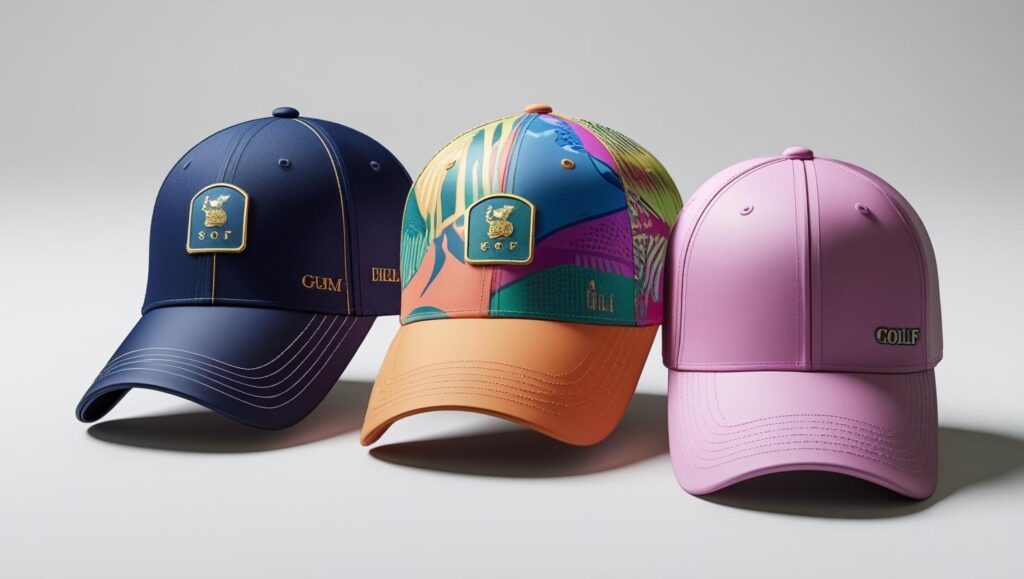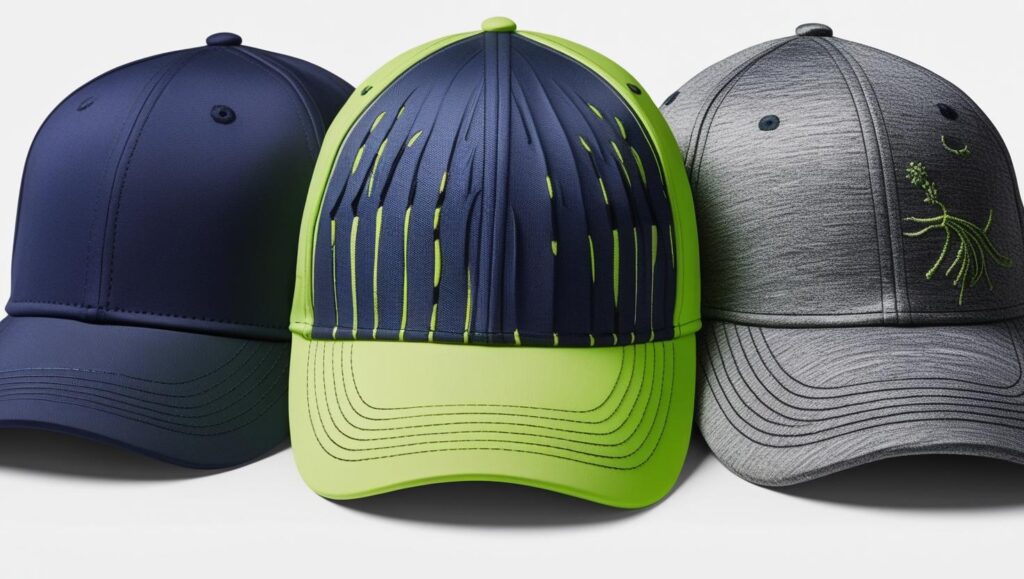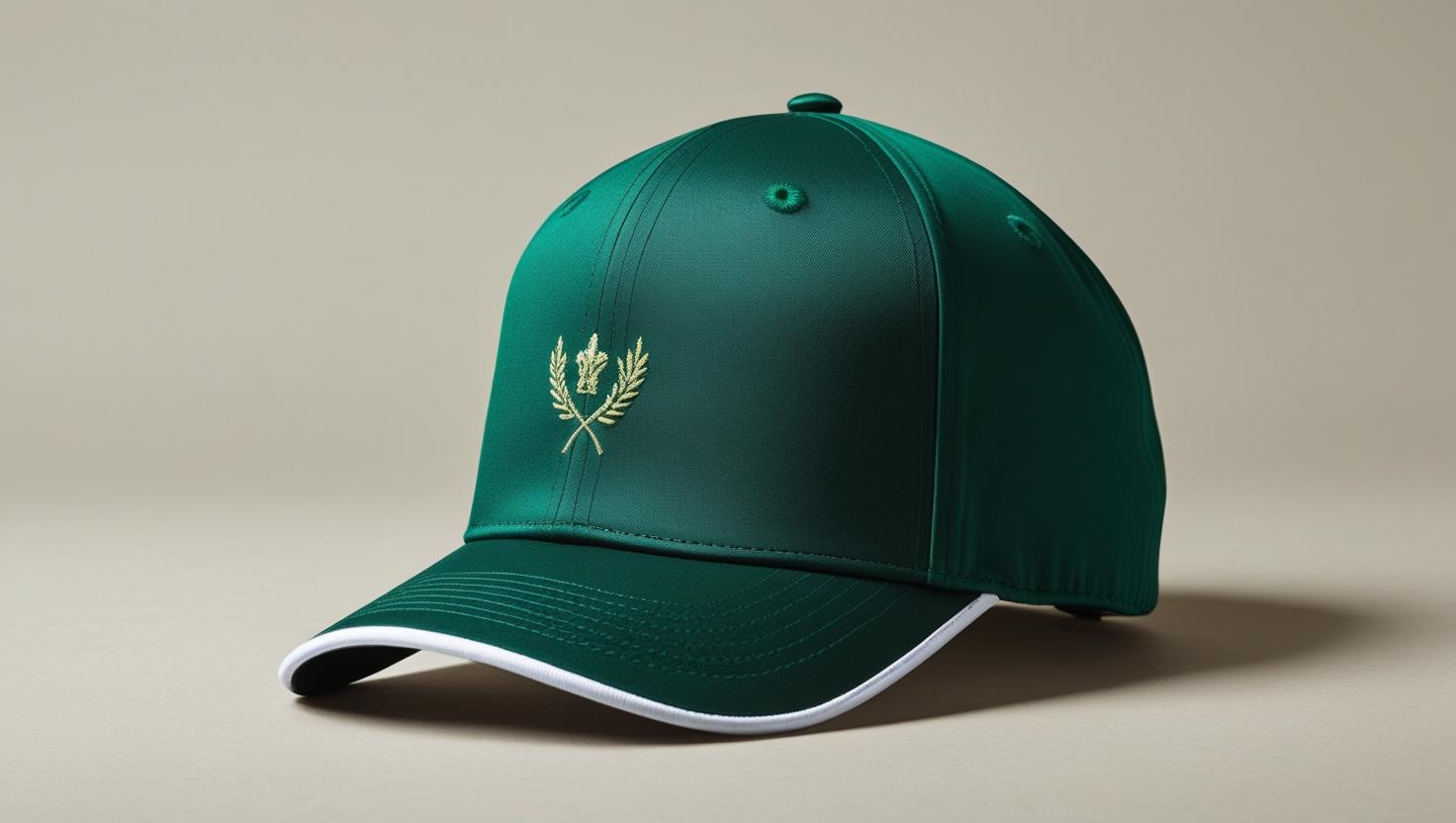Best Golf Cap is more than just an accessory; it’s a vital piece of gear that can significantly impact your comfort, focus, and performance on the course. From shielding your eyes from the sun to wicking away sweat, the right cap helps you stay in the zone. But with a myriad of styles, materials, and features, how do you pick the “best” one? It ultimately comes down to a balance of individual needs, weather conditions, and personal preference.
Let’s break down the key aspects of a great golf cap, examining the pros and cons of different features and materials.
Key Features to Look for in a Best Golf Cap
1. Material & Breathability: The fabric of your golf cap dictates its comfort, especially during long rounds in varying weather.
- Pros:
- Polyester/Synthetic Blends: Excellent moisture-wicking properties, quick-drying, durable, and often offer good UV protection. Ideal for hot, humid conditions. Many incorporate mesh panels for superior ventilation.
- Cotton: Soft, comfortable, and naturally breathable. A good choice for milder weather or casual rounds.
- Merino Wool: Offers natural UV resistance, warmth in cooler conditions, and breathability. A good option for golfers sensitive to synthetics.
- Cons:
- Cotton: Absorbs sweat and dries slowly, becoming heavy and uncomfortable in hot or humid conditions.
- Some Synthetics: Can feel less natural or sometimes cause more static.
2. Sun Protection (UPF Rating): Protecting yourself from harmful UV rays is non-negotiable when spending hours outdoors.
- Pros:
- Caps with UPF (Ultraviolet Protection Factor) ratings (e.g., UPF 50+) block a significant percentage of UV radiation, safeguarding your face and scalp.
- A wide, curved brim offers excellent shade for your eyes and face, reducing glare and preventing sunburn.
- Cons:
- Standard baseball-style caps offer limited protection for the neck and ears, necessitating additional sunscreen in those areas.
- Mesh-heavy caps, while breathable, may offer less direct UV protection on the top of the head.

3. Fit & Adjustability: A well-fitting cap stays put during your swing and remains comfortable throughout the round.
- Pros:
- Adjustable Straps (Snapback, Velcro, Buckle): Provide a customized and secure fit for various head sizes, offering versatility.
- “Fitted” Caps: Offer a sleek, professional look with a precise fit if you know your exact size.
- Moisture-Wicking Sweatbands: Essential for absorbing perspiration and keeping sweat out of your eyes, enhancing comfort and focus.
- Cons:
- Velcro closures: Can sometimes catch hair or collect debris over time.
- Fitted caps: Offer no adjustability, meaning a perfect fit is crucial; a slight change in head size or hairstyle can make them uncomfortable.
4. Style & Aesthetics: While performance is key, a cap also allows for personal expression on the course.
- Pros:
- Wide range of designs, colors, and branding: Allows golfers to match their cap to their outfit or personal taste.
- Classic looks: Many caps offer timeless designs that are always in style.
- Cons:
- Some highly branded caps might not appeal to everyone or may clash with certain attire.
- Trendy designs might not have the longevity of classic styles.
Golf Cap vs. Other Headwear (Visors, Bucket Hats)
While this focuses on “golf caps,” it’s worth a quick comparison:
- Golf Visor:
- Pros: Maximum ventilation for the top of your head, lighter feel, allows for ponytails/buns.
- Cons: No sun protection for your scalp, limited protection for the forehead.
- Golf Bucket Hat:
- Pros: Superior all-around sun protection for the face, ears, and neck. Often highly breathable.
- Cons: Can sometimes feel hotter on the top of the head compared to a well-ventilated cap, may obstruct peripheral vision slightly more for some.

Q&A: Your Top Golf Cap Questions Answered
Q1: How do I know what size golf cap to buy if it’s not adjustable? A1: For fitted caps, measure your head circumference just above your eyebrows and ears using a flexible tape measure. Refer to the manufacturer’s sizing chart, as sizes can vary. When in doubt, some prefer to go slightly larger if there’s any stretch in the material, but ideally, try it on.
Q2: Can I wash my golf cap? A2: Most modern golf caps made from synthetic materials are machine washable on a gentle cycle with cold water, or hand wash is always a safe bet. Avoid harsh detergents and direct heat from a dryer, as this can damage the brim or material. Always check the care label for specific instructions.
Q3: Are darker or lighter golf caps better for hot weather? A3: Lighter colors (white, light gray, pastels) are generally better in hot weather as they reflect more sunlight and absorb less heat, helping to keep your head cooler. Darker colors absorb more heat.
Q4: What’s the best material for a golf cap if I sweat a lot? A4: Polyester or other synthetic blends with advanced moisture-wicking technology are ideal. Look for caps specifically marketed as “performance” or “dri-fit” and those with integrated sweatbands and mesh panels for maximum breathability and sweat management.
Q5: Is a more expensive golf cap always better? A5: Not always. While premium brands often use high-quality materials and construction, a mid-range cap from a reputable golf or sportswear brand can offer excellent performance and durability. Focus on the features (material, UV protection, fit) that align with your needs rather than just the price tag.
Choosing the best golf cap is a personal journey, but by considering material, sun protection, fit, and style, you can find the perfect headwear to enhance your game and protect you on the course. See other reviews!
